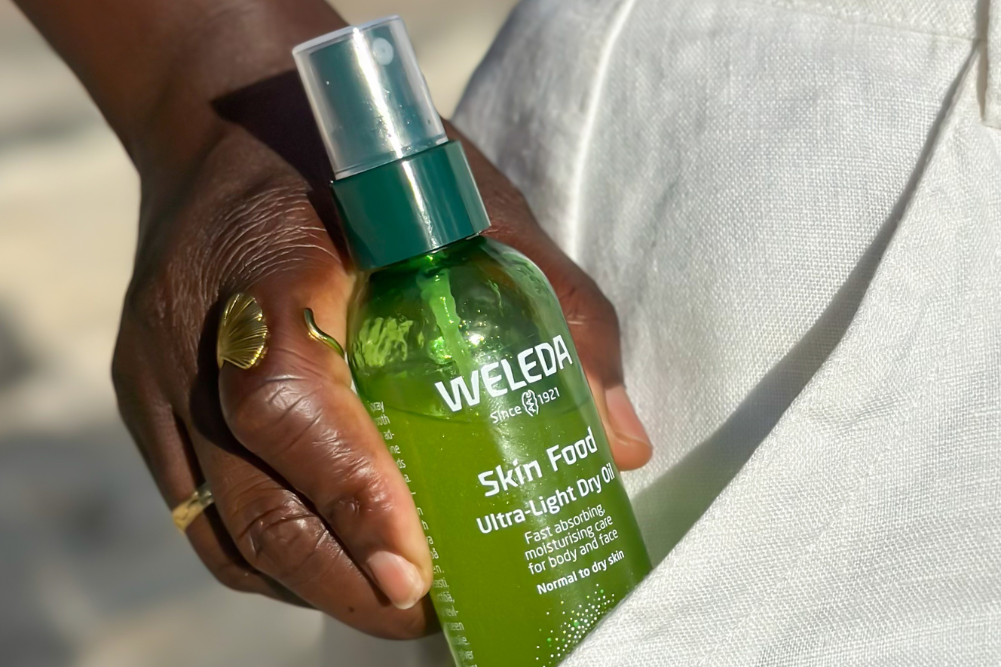Magic rapamycin … or not?
Explore the quest for immortality through rapamycin—nature’s nemesis or a magical rejuvenating elixir? Delve into transformative stories, scientific nuances, and the cautious intrigue surrounding this potential super-potion promising limitless vigor and longer, healthier lives.
We love to back a winner. Sadly, the coffers of online betting organisations overflow with the miscalculated largesse of this human folly. I remember a psychologist once enlightening me that it reflected our yearning to compensate for perpetual feelings of nebulous worthlessness. Maybe that explains our gleeful schadenfreude when we observe the obsolescent plight of ephemeral winners, athletes once invincible and celebrities who have radiated flawless beauty on Instagram only to face the inevitable ignominy of defeat and the natural withering of their pre-eminence.
The quest for immortality, however, raises the stakes to another level. This is the ultimate transcendent battle, humans attempting to out-manoeuvre nature’s relentless dominion over our vitality and ultimately our mortality. In rapamycin there are many who believe that we’ve finally unveiled nature’s nemesis, a magical rejuvenating super-potion that will grant us limitless vigour and longer, healthier lives.
Its initial champion was Dr Alan Green, a physician in the USA who was struck down with chronic fatigue syndrome 10 years ago and found himself incapacitated and moribund, unable to work, in fact virtually unable to get out of bed. That was until he discovered rapamycin. Within three weeks he noticed improvements in his condition, and within six weeks he was in complete remission. Fast forward a decade and he is now the patron saint of a legion of followers, all religiously imbibing the miraculous benefits that rapamycin is bringing to their lives. Resolution of periodontitis, curing dermatitis and revisiting youthful vitality are just some of the advantages described by those who are riding this immortality highway.
I have a patient who is an obsessive self-evaluator and a devout anti-ageing aficionado, forever searching for the ultimate longevity nostrum that would grant her immortality superpowers. So she saddled up with rapamycin and after eight weeks of taking this substance once a week experienced some remarkable transformations.
She noticed that nerve pain in the foot which had plagued her for 10 years amazingly had disappeared, allowing her to resume racket sports and hiking, exercise pleasures hitherto denied her because of this affliction. So complete was the resolution of this problem that she was able to play tennis and squash matches that lasted for over two hours without significant problems or next-day stiffness, feeling more like a 40-year-old than someone in her 60s. Like many other converts, her periodontitis and rosacea evaporated and her blood pressure normalised. As she tells it, she felt fit, healthy and energetic and had no sickness of any consequence, although there were plenty of people around her who were struck down with flu, COVID and shingles. Her conversion was so fulsome that she stopped many of the supplements she was taking because she no longer considered them useful or necessary.
After this extraordinary makeover, how could I resist joining the rapamycin revolution? I remember recently exiting an anti-ageing conference and on the way out asked one of the esteemed international experts if he was swallowing rapamycin. He replied curtly in the negative reminding me that he was not a mouse. That might be one of the problems with this formulation.
It started life as an antifungal agent in the 70s, was later found to subdue the immune system and was deployed as an immunosuppressive agent for kidney transplant patients and later as an add-on therapy to treat cancer patients. Its trajectory into the longevity arena occurred because one of its modes of action is to inhibit a protein called mTOR, whose presence makes it more difficult for insulin to function and more importantly gets in the way of DNA repair and the removal of junk proteins from our body, a process known as autophagy.
By stimulating these pathways, rapamycin was able to increase the lifespan of mice, and the earlier they received this injection of added vitality the longer they lived. This experiment has yet to be replicated in humans, and in fact clinical trials on two-legged creatures have been light on and have shown mixed benefits. One trial has demonstrated that it has the capacity to boost the immune system, another that it suppresses the production of red cells. It can make bones stronger and help those who are suffering from rheumatoid arthritis, and yet it has also been shown to have adverse effects on those plagued by osteoarthritis.
In the case of my patient who enjoyed all the marvellous benefits, she did develop transient mouth ulcers, a documented side effect, and because rapamycin has the potential at least to be immune-suppressive we monitored her immune function like a hawk, finding that there was one immune cell component that was downgraded although the rest of her immune system appeared to evade collateral damage.
Raised cholesterol and blood sugar and transient bacterial infections are some of the other side effects associated with rapamycin, but these were not experienced by my patient and are more commonly found in those taking larger doses of this drug to treat cancer. A once-a-week formulation deployed by the anti-ageing community might not lead to these outcomes.
Am I going to place my money on rapamycin? I think I might wait to see what happens to my fellow bipeds.








